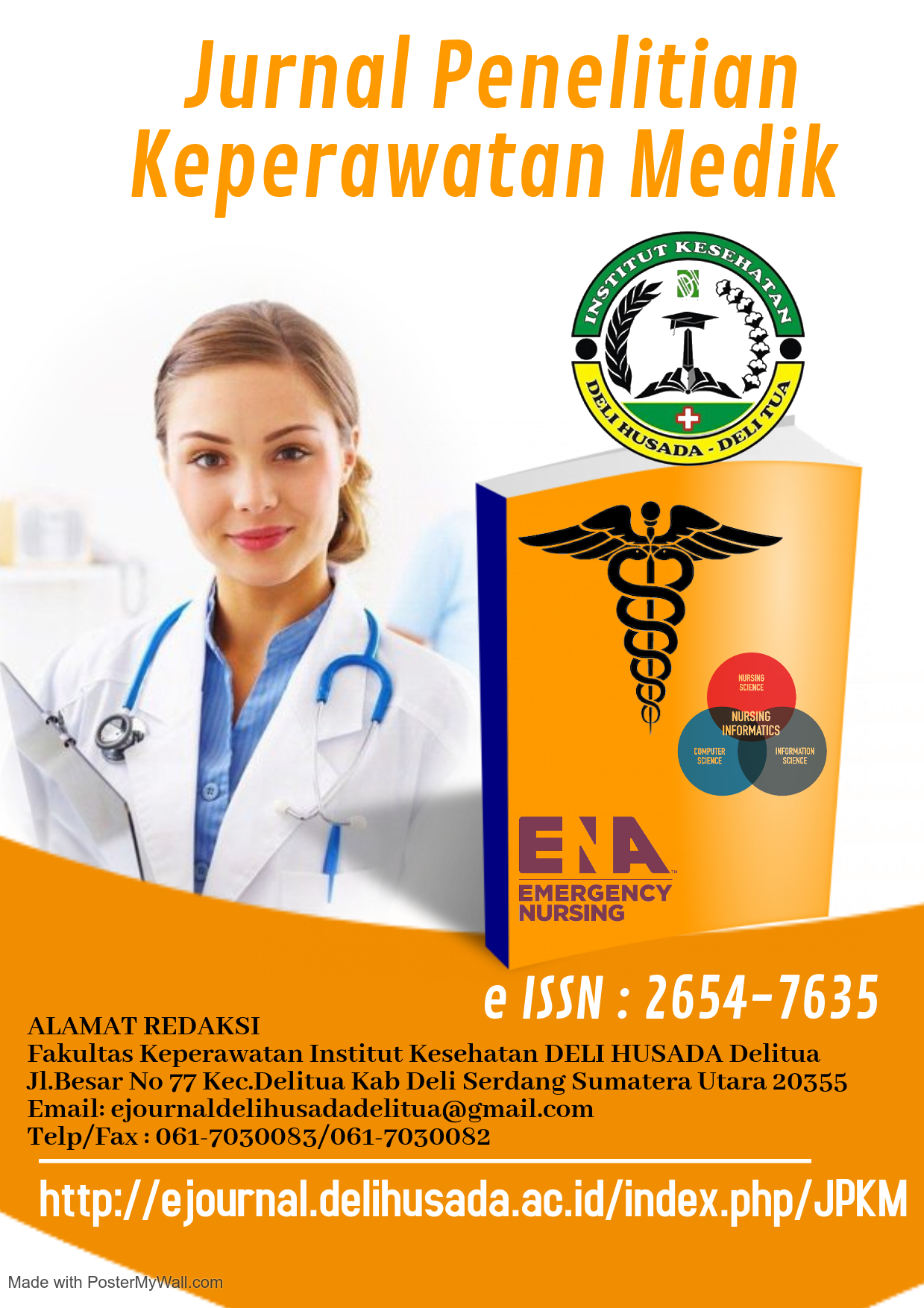HUBUNGAN SARAPAN PAGI DAN MAKANAN SELINGAN DENGAN STATUS GIZI PADA ANAK SEKOLAH DASAR DI SD SINGOSARI DELI TUA
Abstract
Nutritional status among elementary school children is influenced by breakfast habits and snack consumption. This study aimed to determine the relationship between breakfast habits and snack consumption with the nutritional status of elementary school children at Singosari Elementary School, Deli Tua. A cross-sectional design was used with 64 respondents selected through proportional random sampling. Data were collected using a 24-hour food recall questionnaire and a Semi Quantitative Food Frequency Questionnaire (SQ-FFQ), while anthropometric measurements were conducted to determine nutritional status based on the BMI-for-age indicator according to WHO standards. The results showed that most children had good breakfast habits (≥4 times per week) and were predominantly categorized as overweight. The Chi-Square test indicated a significant relationship between breakfast habits and nutritional status (p = 0.004) and between snack consumption and nutritional status (p = 0.003). It can be concluded that breakfast and snack consumption are associated with the nutritional status of elementary school children, where the quality of breakfast and the types of snacks consumed play an important role in preventing overweight among school-aged children.
References
Aini, L. N. (2021). Hubungan asupan energi dari snacking sarapan dengan status gizi lebih pada anak sekolah dasar. Jurnal Gizi dan Kesehatan, 13(2), 45–52.
Aulia, D. T., Yusni, Y., Husnah, H., Nauval, I., & Suryawati, S. (2021). Hubungan antara pengetahuan tentang gizi dengan kebiasaan sarapan pada mahasiswa. Jurnal Kedokteran Syiah Kuala, 21(2), 123–129.
Banjarnahor, R. O., Banurea, F. F., Panjaitan, J. O., Pasaribu, R. S. P., & Hafni, I. (2022). Faktor-faktor risiko penyebab kelebihan berat badan dan obesitas pada anak dan remaja: Studi literatur. Tropical Public Health Journal, 2(1), 35–45. https://doi.org/10.32734/trophico.v2i1.8657
Croce, C. M., Serafini, M., Balzaretti, C., & Rossi, L. (2022). Association of snacking frequency, size, and energy density with overweight and obesity in children and adolescents: A systematic review. Nutrients, 14(10), 2093.
Dahlan, M. S. (2020). Statistik untuk kedokteran dan kesehatan (6th ed.). Epidemiologi Indonesia.
Fahrizal, M. F., & Nugroho, P. S. (2021). Hubungan kebiasaan sarapan dan konsumsi sayur dengan kejadian overweight pada remaja. Borneo Student Research, 2(2), 1188–1194.
Food and Agriculture Organization (FAO). (2018). Guidelines for measuring household and individual dietary diversity. Rome: FAO.
Gibson, R. S. (2020). Principles of nutritional assessment (3rd ed.). Oxford University Press.
Kementerian Kesehatan Republik Indonesia. (2022). Laporan Hasil Studi Status Gizi Indonesia (SSGI) tahun 2022. Jakarta: Kemenkes RI.
Kementerian Kesehatan Republik Indonesia. (2023). Profil kesehatan Indonesia tahun 2022. Jakarta: Kemenkes RI.
Mauliddiyah, F. (2021). Prevalensi obesitas berdasarkan karakteristik individu di Kabupaten Deli Serdang tahun 2019. Medan: Universitas Sumatera Utara.
Notoatmodjo, S. (2020). Metodologi penelitian kesehatan. Jakarta: Rineka Cipta.
Pratiwi, R. (2017). Gizi anak sekolah dasar: Teori dan penerapan. Yogyakarta: Deepublish.
Rahmad, D. (2019). Pengaruh konsumsi jajanan terhadap risiko obesitas pada anak usia sekolah. Jurnal Gizi Klinik Indonesia, 16(1), 25–31.
Rampersaud, G. C., Pereira, M. A., Girard, B. L., Adams, J., & Metzl, J. D. (2005). Breakfast habits, nutritional status, body weight, and academic performance in children and adolescents. Journal of the American Dietetic Association, 121(3), 275–286.
Setiawan, A. (2022). Metode penelitian kesehatan dan gizi. Yogyakarta: Deepublish.
Sugiyono. (2022). Metode penelitian kuantitatif, kualitatif, dan R&D. Bandung: Alfabeta.
Willett, W. C. (2013). Nutritional epidemiology (3rd ed.). Oxford University Press.
World Health Organization (WHO). (2022a). Obesity and overweight: Key facts. Geneva: World Health Organization. https://www.who.int/news-room/fact-sheets/detail/obesity-and-overweight
World Health Organization (WHO). (2022b). Physical activity fact sheet. Geneva: World Health Organization.
World Health Organization (WHO). (2023). Report of the Commission on Ending Childhood Obesity. Geneva: World Health Organization.








